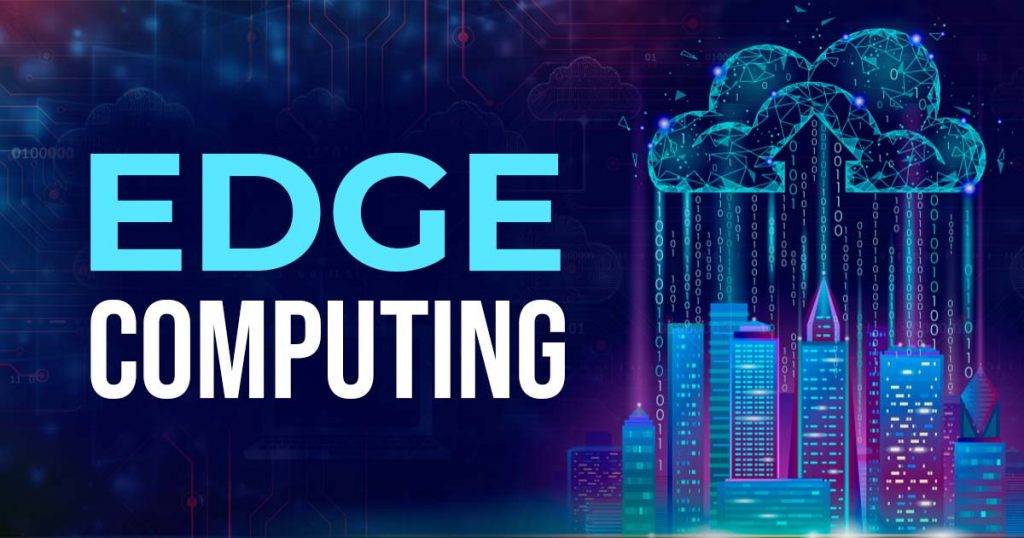Edge computing is revolutionizing the way data is processed by decentralizing it from traditional cloud systems and bringing computation closer to the data source. As IoT devices and smart applications continue to grow, edge computing offers a solution to the increasing demand for faster data processing, lower latency, and improved data security.
What is Edge Computing?
Unlike traditional cloud computing, where data is transmitted to centralized data centers for processing, edge computing brings this processing power to local devices or edge nodes near the data source. This proximity reduces the need for data to travel long distances, minimizing latency and ensuring real-time response times. Common applications of edge computing include smart city infrastructure, autonomous vehicles, healthcare monitoring, and industrial automation.
Why is Edge Computing Important?
Reduced Latency and Real-Time Processing: Edge computing allows data to be processed closer to where it is generated, such as on a factory floor or within a self-driving car. This reduces the time it takes for data to travel to a centralized server and back, which is crucial for applications that require immediate responses, like autonomous driving or critical health monitoring.
Bandwidth Optimization: With the rapid growth of IoT, vast amounts of data are generated daily. Edge computing reduces the burden on network bandwidth by processing data locally, transmitting only essential information to the cloud. This reduces costs and prevents network congestion.
Enhanced Security and Privacy: Processing sensitive data on-site, such as in hospitals or factories, minimizes the risk of breaches by reducing the transmission of personal or sensitive data across the internet. With localized processing, edge computing helps organizations comply with data privacy regulations and minimizes exposure to cyber threats.
Scalability and Flexibility: Edge computing enables businesses to expand their network capabilities without relying solely on centralized infrastructure. This flexibility allows companies to deploy edge devices in remote or bandwidth-limited locations, supporting scalable growth.
Applications of Edge Computing
- Autonomous Vehicles: Self-driving cars require real-time data processing for navigation and hazard detection. Edge computing enables these vehicles to make split-second decisions based on real-time data analysis.
- Smart Cities: Traffic management, waste collection, and energy distribution can be optimized with edge devices that process data locally, helping city infrastructure run more efficiently.
- Industrial IoT: Manufacturing processes benefit from edge computing by monitoring machinery performance in real-time, detecting anomalies, and preventing equipment failures.
Challenges and the Future of Edge Computing
Despite its benefits, edge computing comes with challenges, such as reliable hardware, security for dispersed devices, and network consistency. However, as 5G technology advances, edge computing will play an essential role in supporting IoT applications and bridging the gap between centralized data centers and localized data processing.
In summary, edge computing is crucial for industries that require real-time data processing, increased efficiency, and secure data handling. As edge technologies mature, they are set to become an integral part of the digital ecosystem, enhancing the capabilities of smart applications across multiple sectors.


